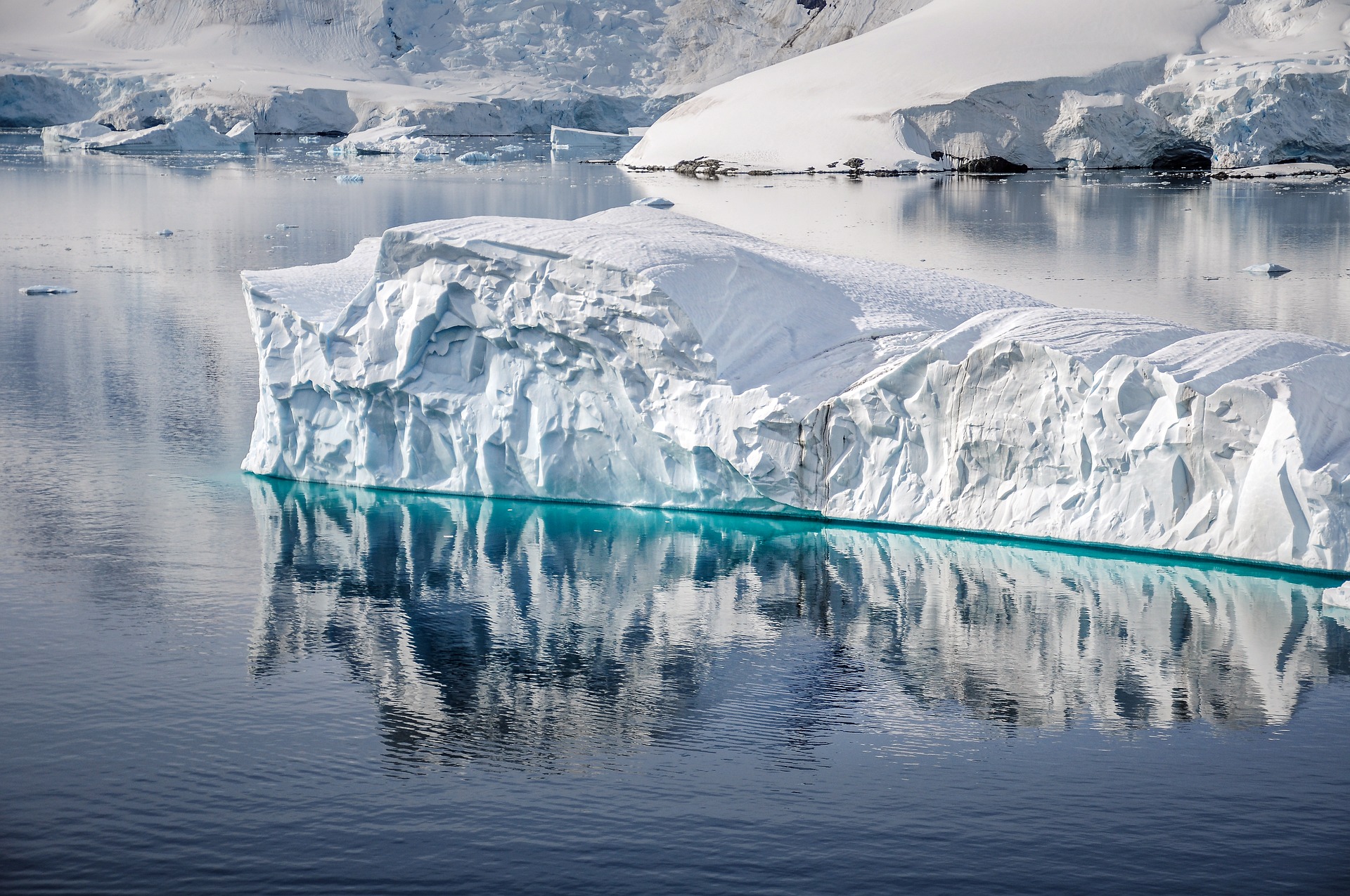
The Greening of Antarctica – A Startling Change
Recent research reveals that Antarctica’s greening has accelerated dramatically. From 1986 to 2021, vegetation cover on the Antarctic Peninsula expanded from less than one square kilometre to nearly 12 square kilometres. This tenfold increase demonstrates that climate change is reaching even the most remote parts of the world.What Is Causing Antarctica to Turn Green?
Scientists have linked this rapid greening to rising temperatures. Antarctica is warming faster than the global average, causing ice and snow to melt. As the ice recedes, plants such as mosses take root in the newly exposed ground, turning white landscapes green. The warming trend has also led to a significant reduction in sea-ice extent, further intensifying the effects of climate change on the region.Role of Vegetation in Antarctica's Ecosystem
While the amount of plant life in Antarctica is still small compared to the rest of the world, its impact is significant. The mosses growing in Antarctica are among the hardiest plants on Earth, surviving in some of the planet's most extreme conditions. As these plants spread, they contribute to the formation of soil, which could eventually support more diverse ecosystems. However, this process also signals major shifts in Antarctica’s ecosystem, as the once-frozen desert begins to sustain more life.How Researchers Discovered the Greening Trend
A team of scientists from the University of Exeter and the University of Hertfordshire used satellite data to monitor the spread of vegetation across the Antarctic Peninsula. Their findings, published in Nature Geoscience, show that the rate of greening increased by more than 30% in recent years. This shift is believed to coincide with a decrease in sea-ice extent and a rise in extreme heat events in Antarctica.The Consequences of Antarctica’s Greening
As Antarctica turns green, the delicate balance of its environment is at risk. The growth of plant life could alter local ecosystems, making the region more vulnerable to invasive species. Additionally, the greening trend may impact global climate patterns by changing how Antarctica reflects sunlight. With less ice to reflect solar radiation, the region could warm even faster, creating a feedback loop that accelerates climate change.The Urgent Need for Further Research
Experts warn that while the greening of Antarctica may seem like a minor change, it is a clear sign of the urgent challenges posed by climate change. Researchers like Thomas Roland and Oliver Bartlett are calling for more studies to understand the processes driving this trend. The goal is to uncover the specific factors contributing to Antarctica’s transformation and develop strategies to protect this fragile ecosystem from further harm.Conclusion
Antarctica’s transformation is a stark reminder of the far-reaching impacts of human-caused climate change. As the continent continues to warm, we may witness even more dramatic changes to its landscape and ecosystems. While the greening of Antarctica is an alarming development, it also presents an opportunity for scientists to study how these ecosystems adapt to changing conditions. To safeguard this iconic and vulnerable region, urgent action is needed to understand and mitigate the forces driving its transformation. The fate of Antarctica is not just a regional concern; it holds global implications for the future of our planet.FAQ: Frequently Asked Questions
1: Why is Antarctica turning green?
Antarctica is turning green due to climate change, which is causing rising temperatures. This warming leads to the melting of ice and snow, allowing hardy plants like mosses to take root in previously frozen areas.
2: How much has vegetation cover increased in Antarctica?
Between 1986 and 2021, vegetation cover on the Antarctic Peninsula increased by tenfold, expanding from less than one square kilometer to nearly 12 square kilometers.
3: What role do plants play in Antarctica's ecosystem?
While the amount of plant life in Antarctica is small compared to other regions, it significantly impacts the ecosystem. Mosses help form soil and can support more diverse life forms, indicating a shift in the region's environmental balance.
4: How did researchers discover the greening trend in Antarctica?
Scientists from the University of Exeter and the University of Hertfordshire used satellite data to monitor vegetation changes across the Antarctic Peninsula. Their findings, published in Nature Geoscience, revealed a more than 30% increase in greening in recent years.
5: What are the potential consequences of Antarctica's greening?
The greening of Antarctica poses risks to its delicate ecosystems. Increased plant life may lead to vulnerabilities to invasive species and could alter local ecosystems. Additionally, reduced ice may accelerate global warming by changing how the region reflects sunlight.
6: Why is further research on this topic important?
Understanding the greening of Antarctica is crucial for recognizing the urgent challenges posed by climate change. More research is needed to identify the specific factors driving these changes and to develop strategies to protect this fragile environment.
7: What does the future hold for Antarctica?
The ongoing warming of Antarctica may lead to even more dramatic changes in its landscape and ecosystems. While the greening trend is concerning, it also provides an opportunity for scientists to study adaptation in these ecosystems. Urgent action is needed to address climate change and safeguard this critical region, as its fate has global implications.
